Today we’re reviewing this phone: the Meizu 20 Standard Edition.
Why Meizu didn’t launch the Meizu 19, they really haven’t announced any new phones for a whole year. We’ve been waiting for so long, the Meizu 20 should be a big surprise for us, right? You are right, it did give us a “big surprise”.
Display
Its biggest “surprise” is the display. Although this screen looks good, 144Hz, ultra-narrow bezel, straight screen with DC dimming, and super-fast, also very well-placed ultrasonic fingerprint recognition, this should be many people’s dream display. But there are a lot of details you can’t see that are not well done, such as clarity.
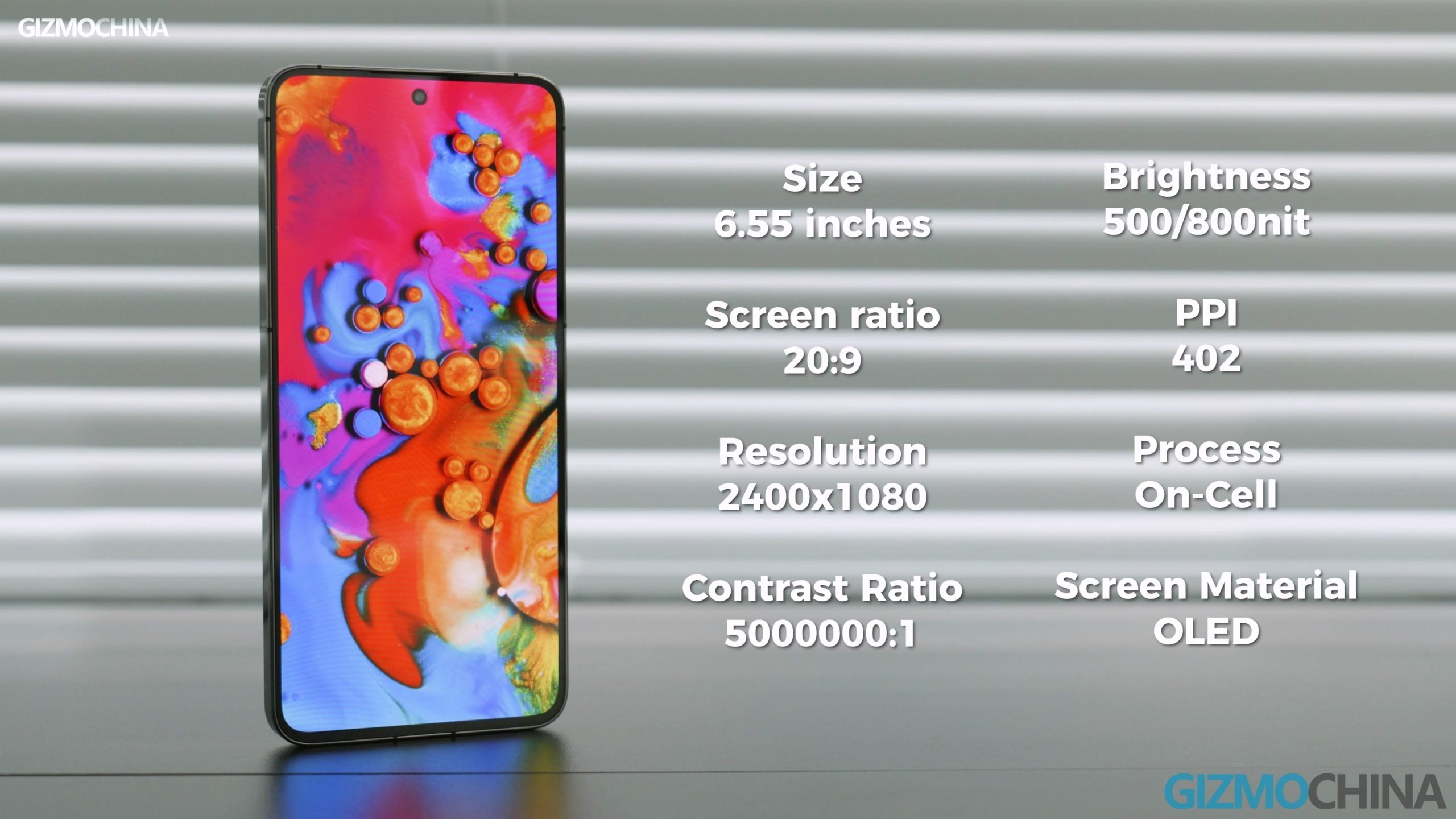
6.55-inch screen has only FHD+ resolution, its pixels are RGB-Delta Structure. This means you’ll feel more blurry than other phones when reading text. The maximum brightness is also not as high as other Samsung panel phones, and watching HDR videos is not stunning enough.
Its lower bezel is narrow enough, but you can still see that it’s a bit wider compared to the other three sides. It’s wider than the Xiaomi 13, and is the same width as the Redmi Note 12 Turbo. Simply put, the screen is blurry and not bright enough, and the lower bezel isn’t particularly narrow. If the Meizu 20 cost $300, I’d forgive it. But at $435 for a phone with this screen, I can’t accept it.
Benchmark & Gaming
Let me guess, if you want to buy the Meizu 20, it must be because it’s really cheap for a Snapdragon 8 Gen 2 phone. So is it worth buying it just for the performance? I don’t think it’s a good idea. Looking at various Benchmarks, the Meizu 20 is not that satisfying. Even if Antutu can run to a high score of 1.3 million, Geekbench shows that its Muti-Core is much worse than other phones, only about 8+ Gen 1 level. The CPU Throttling Test performance was also disappointing.
This is not a good sign. Let’s play the game. Although the frame rate curve is not as bad as the score and the temperature is not too high, it is not a very good performance either. The frame rate drops quickly during battles. So, if you want a cheap but powerful phone, why don’t you check out the Nubia Z50?
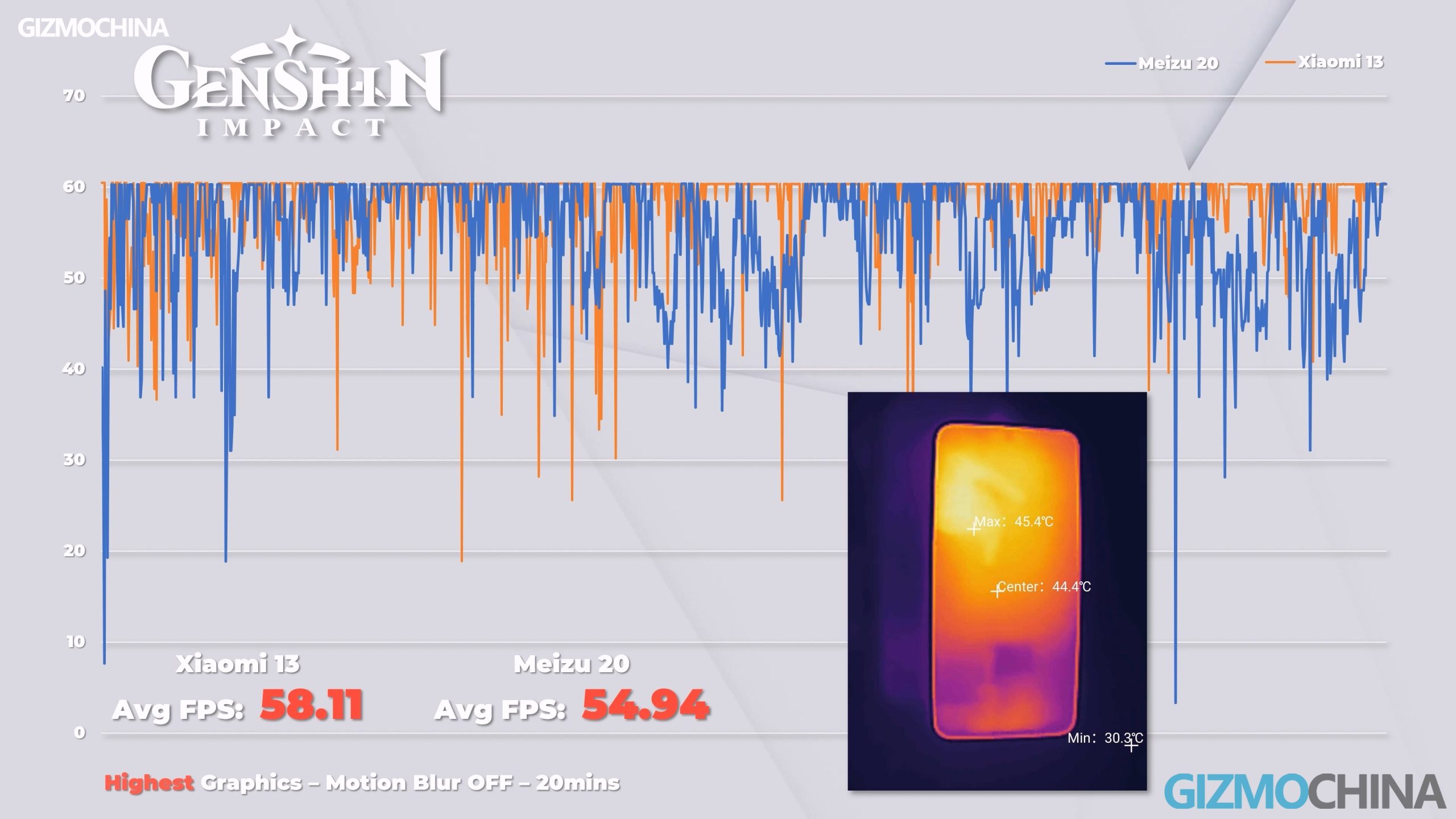
Camera
The Meizu 20’s camera performance is fine. The main camera is similar to the Xiaomi 13 during the daytime, except that the white balance is cool, otherwise, there is nothing wrong with it. The colors are more realistic, and the saturation is not too high when shooting flowers. The dynamic range is also better, so the contrast will look lower. It has a small problem at night, the highlighted area tends to be overexposed. The performance of the main camera is generally in line with my expectations for a phone at this price point.
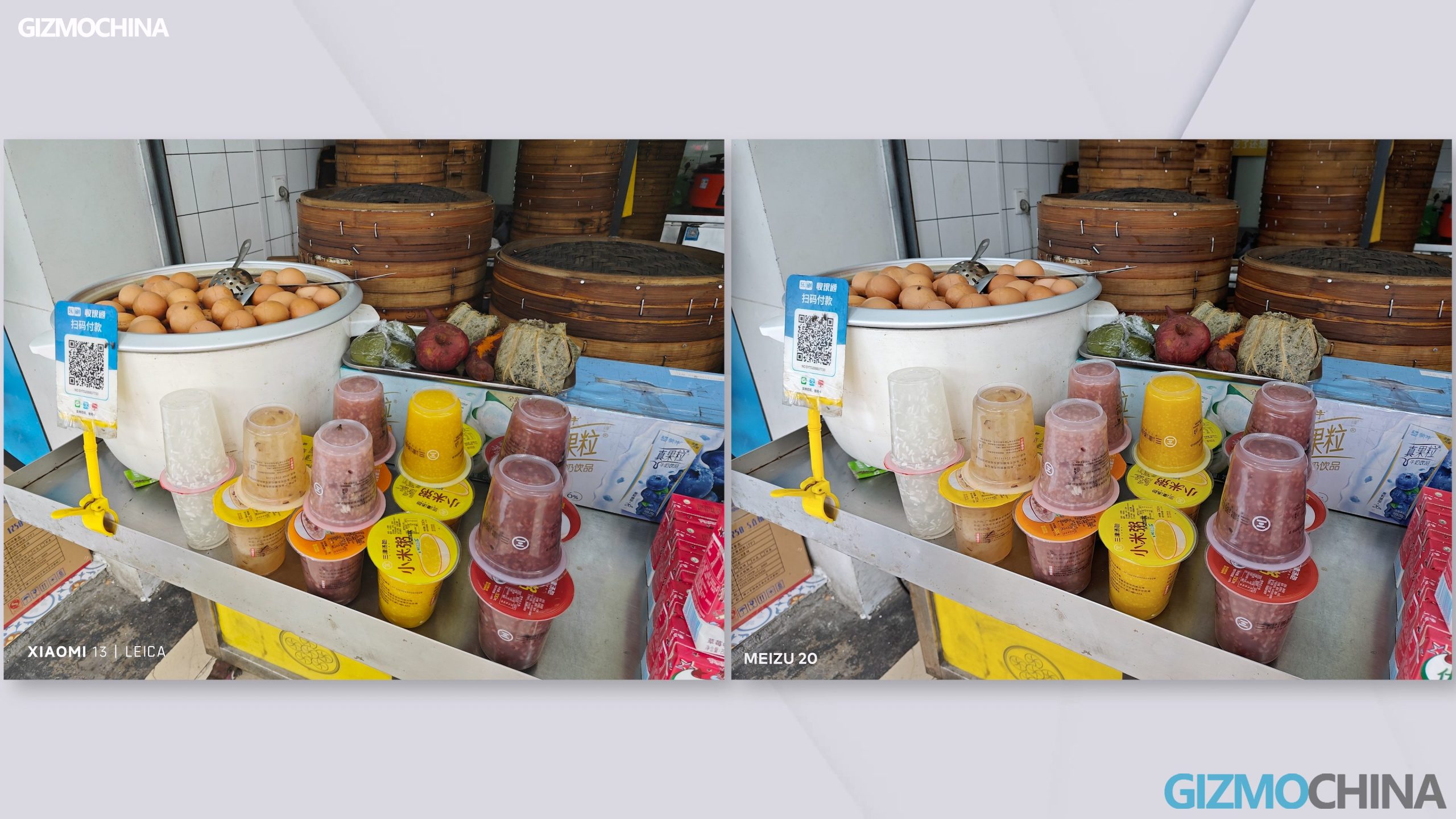
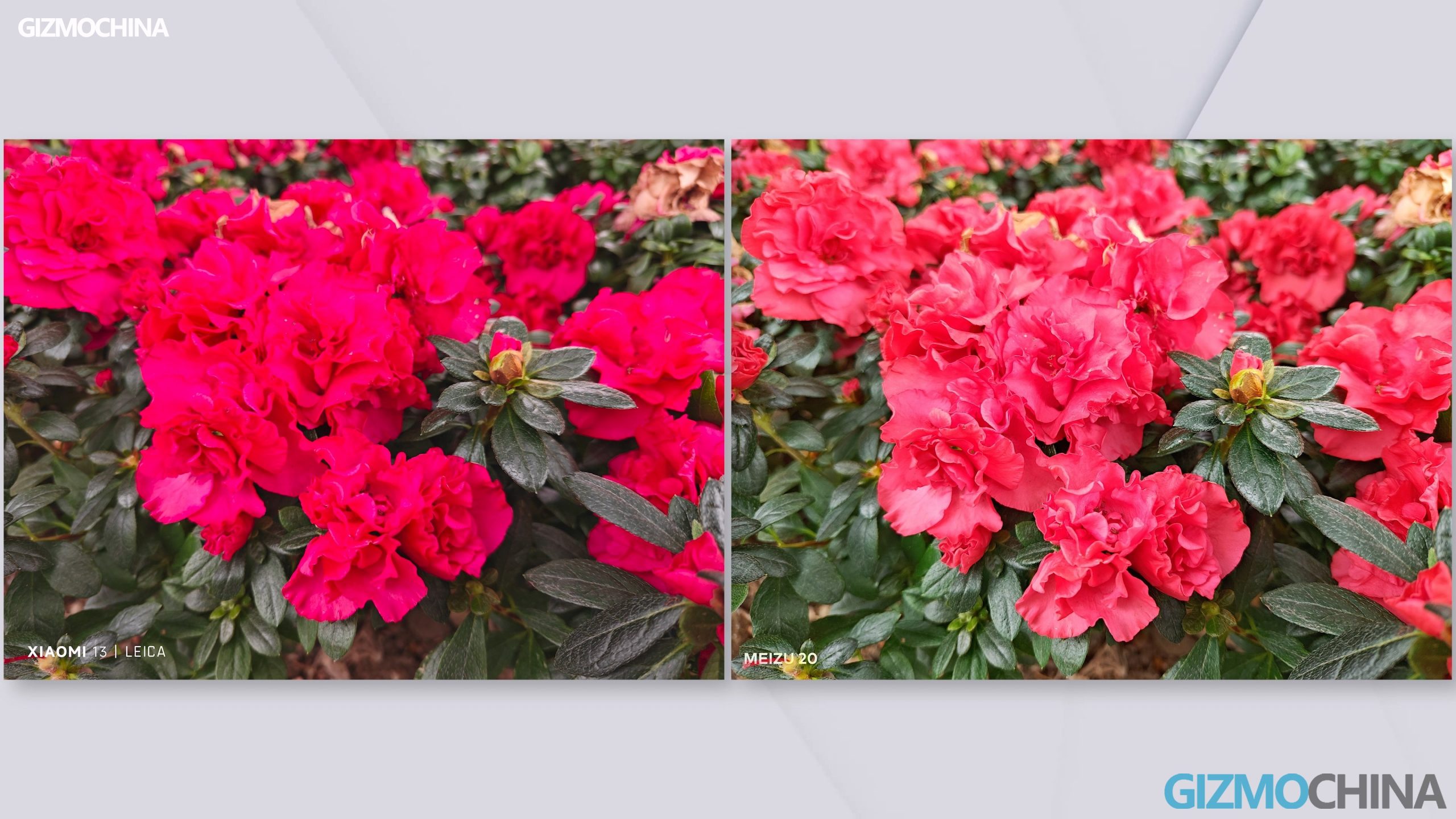
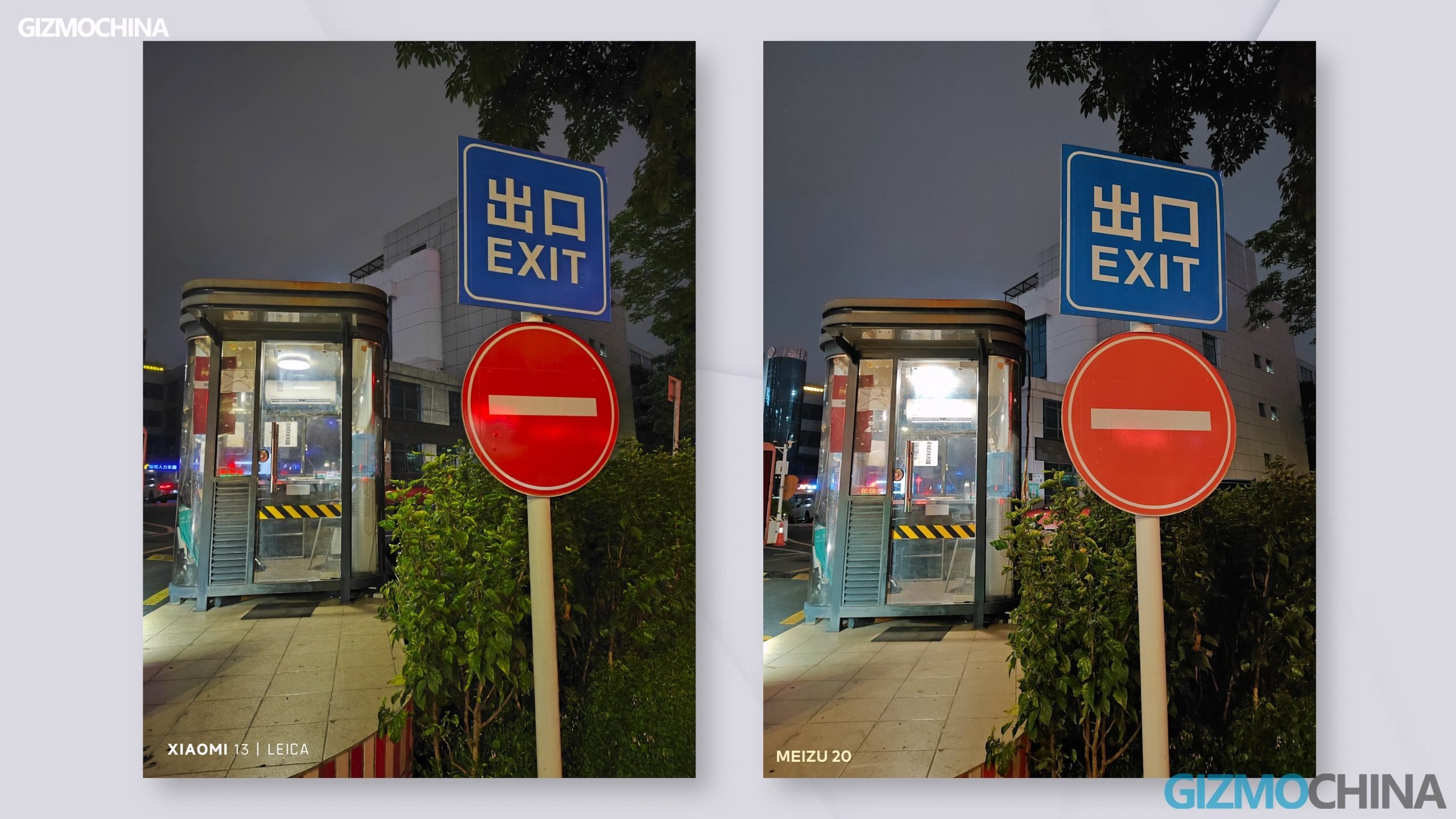

The ultra-wide camera performs about as well as the main camera in daylight. Both phones have the Purple-Fringe issue, which isn’t a big deal considering the Meizu 20 is much cheaper than the Xiaomi 13. The biggest problem with the super wide camera is that the auto mode is often underexposed. As long as there is not enough light, the image will be very dark. Turning on night mode solves this problem, but the image quality is still not as good as the Xiaomi 13.
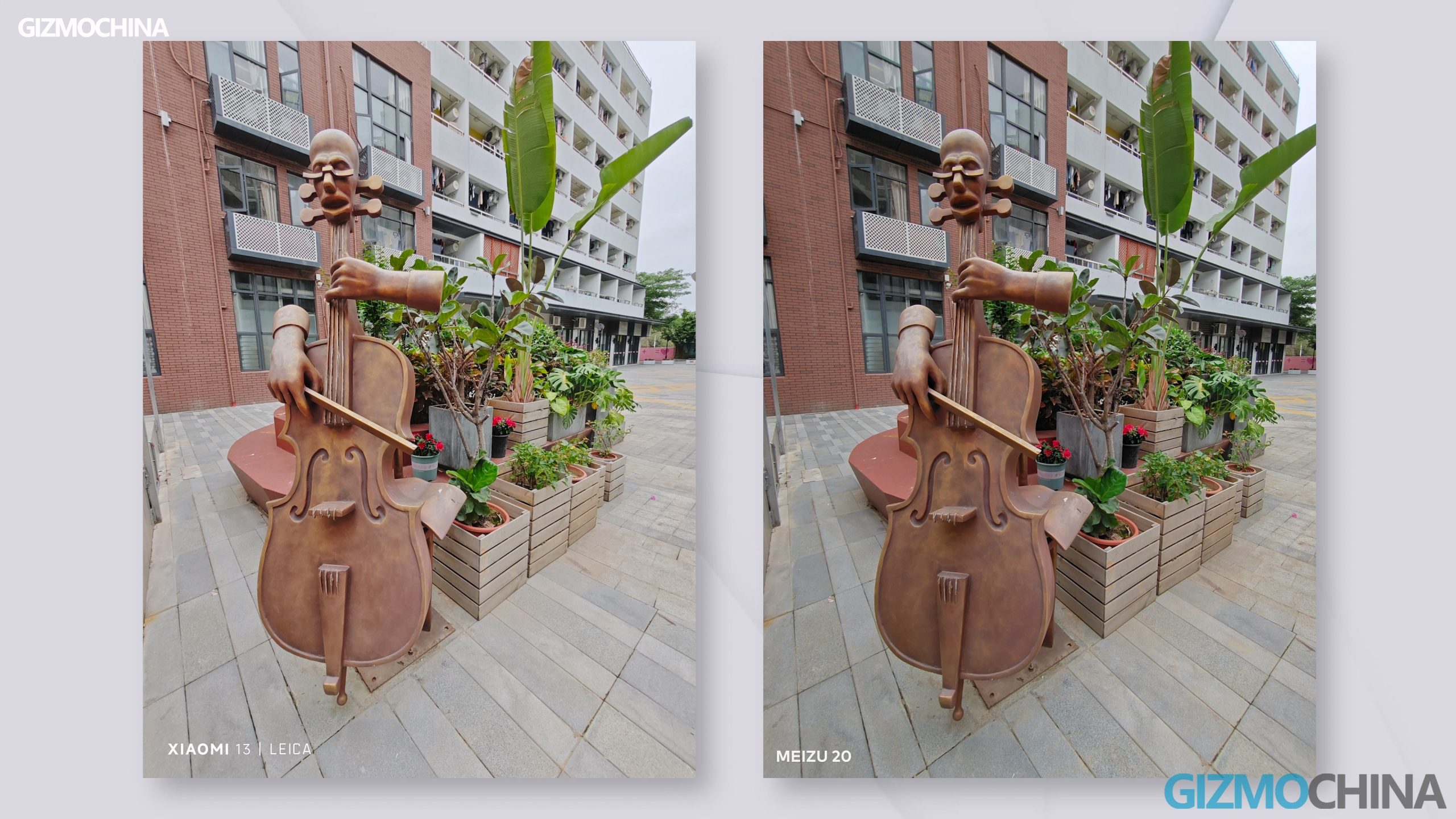
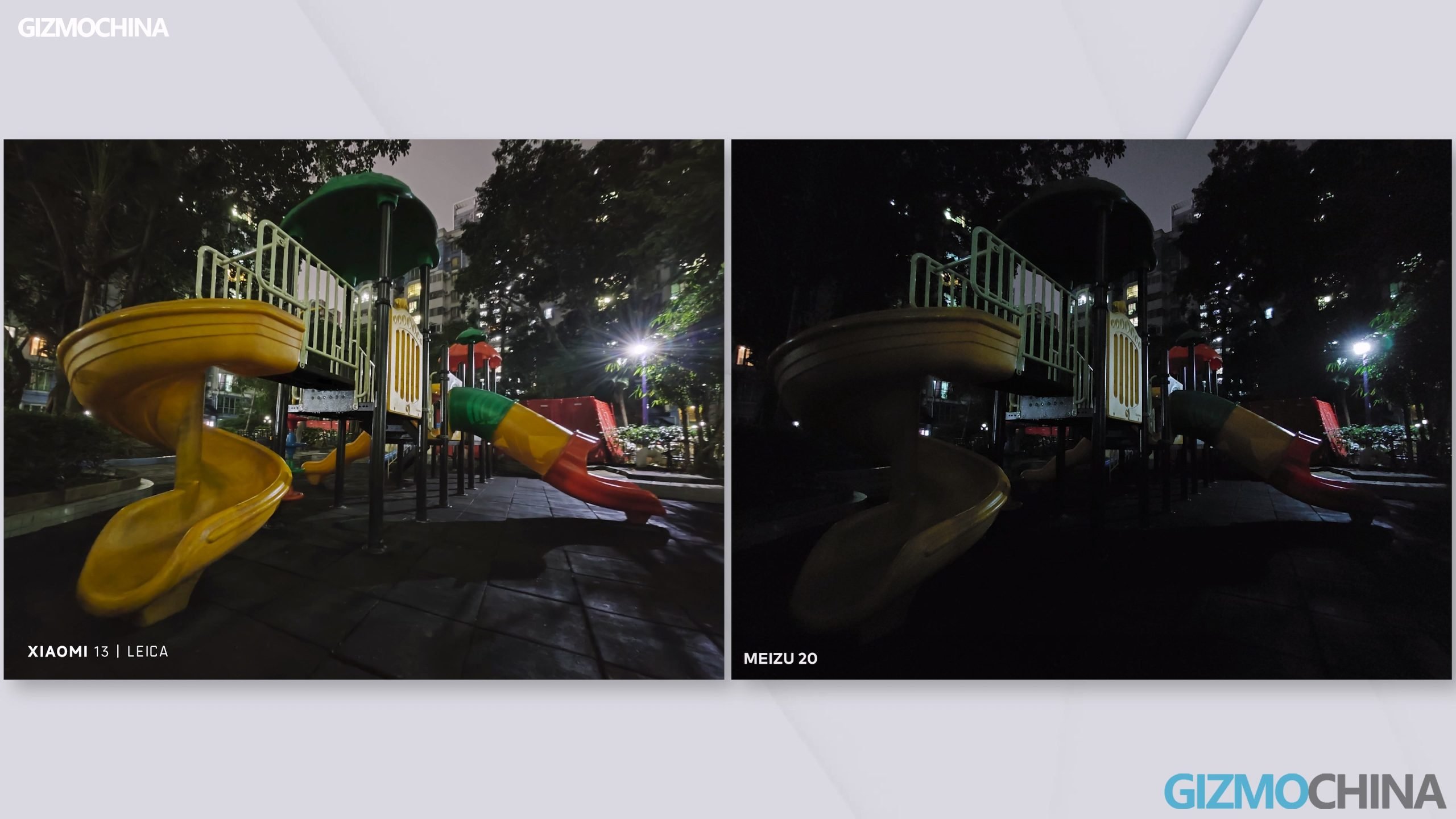
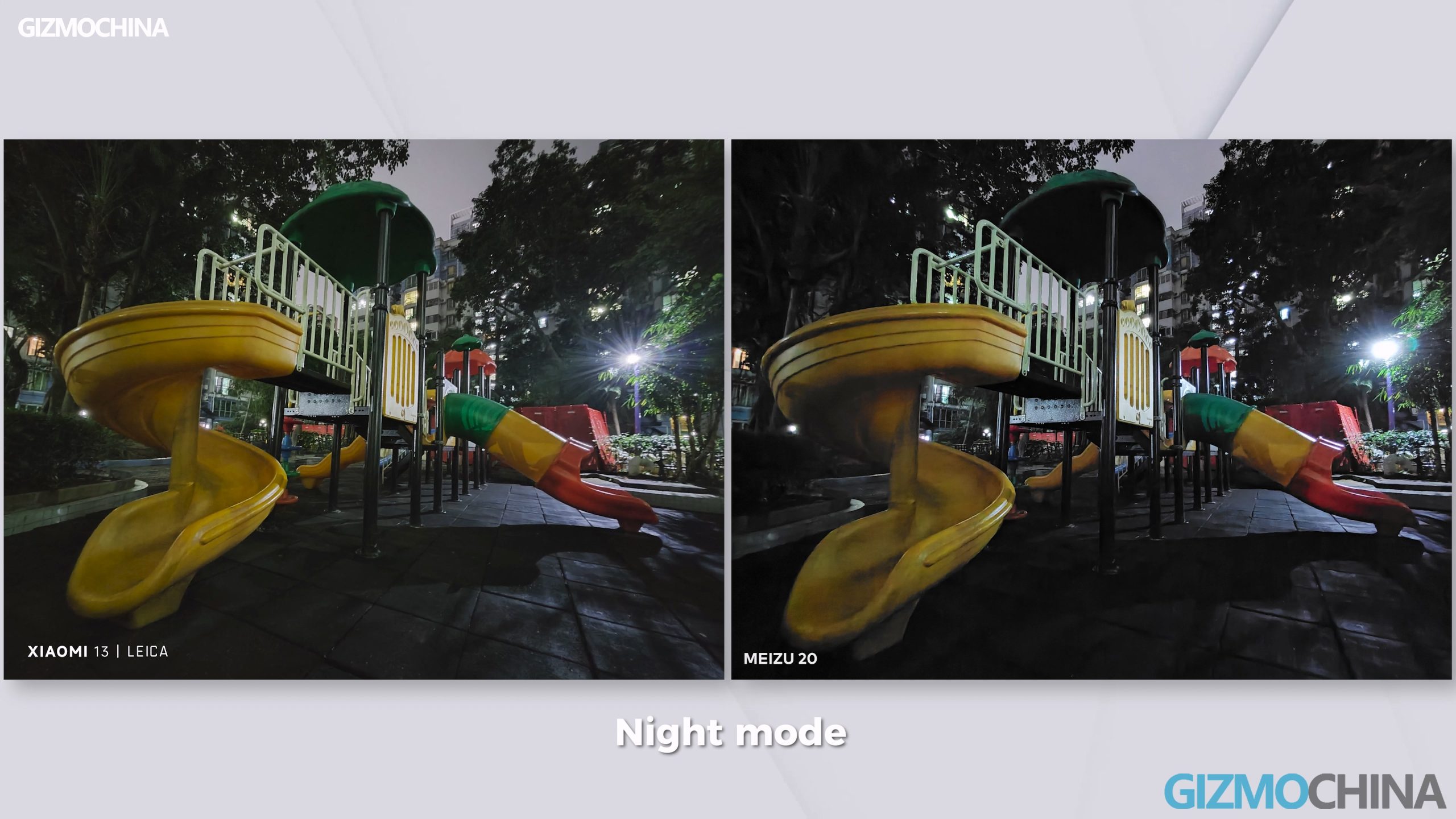

Although the Meizu 20’s third camera uses a 5 MP depth-of-field lens, it’s not completely useless either. In portrait mode, the recognition of objects will be a little more accurate. A glass table, for example, would be defocused by a phone without a depth-of-field camera, and the Meizu 20 would be able to get a clear shot of the table. It’s also easier to recognize glasses when taking portraits.
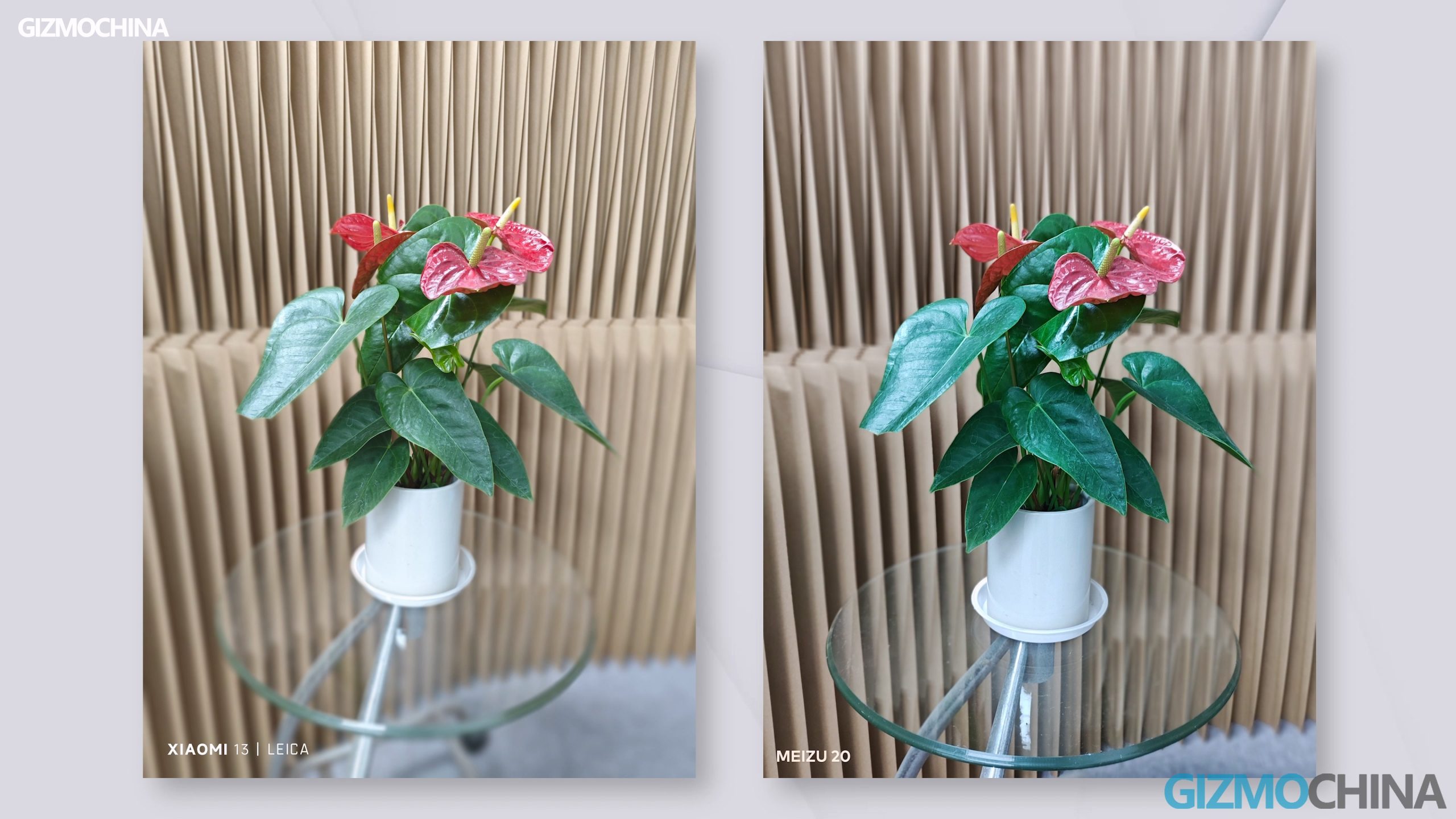
All in all, the Meizu 20’s camera system isn’t bad, but you wouldn’t buy it for the camera either.
The Meizu 20 supports up to 8k 30fps recording specs, and the ultra-wide camera also supports 4k resolution video recording. The image quality and stability are quite good. I think its biggest selling point is the front camera, which supports 4k 60fps and EIS, so I think this phone should be great for vlogging.
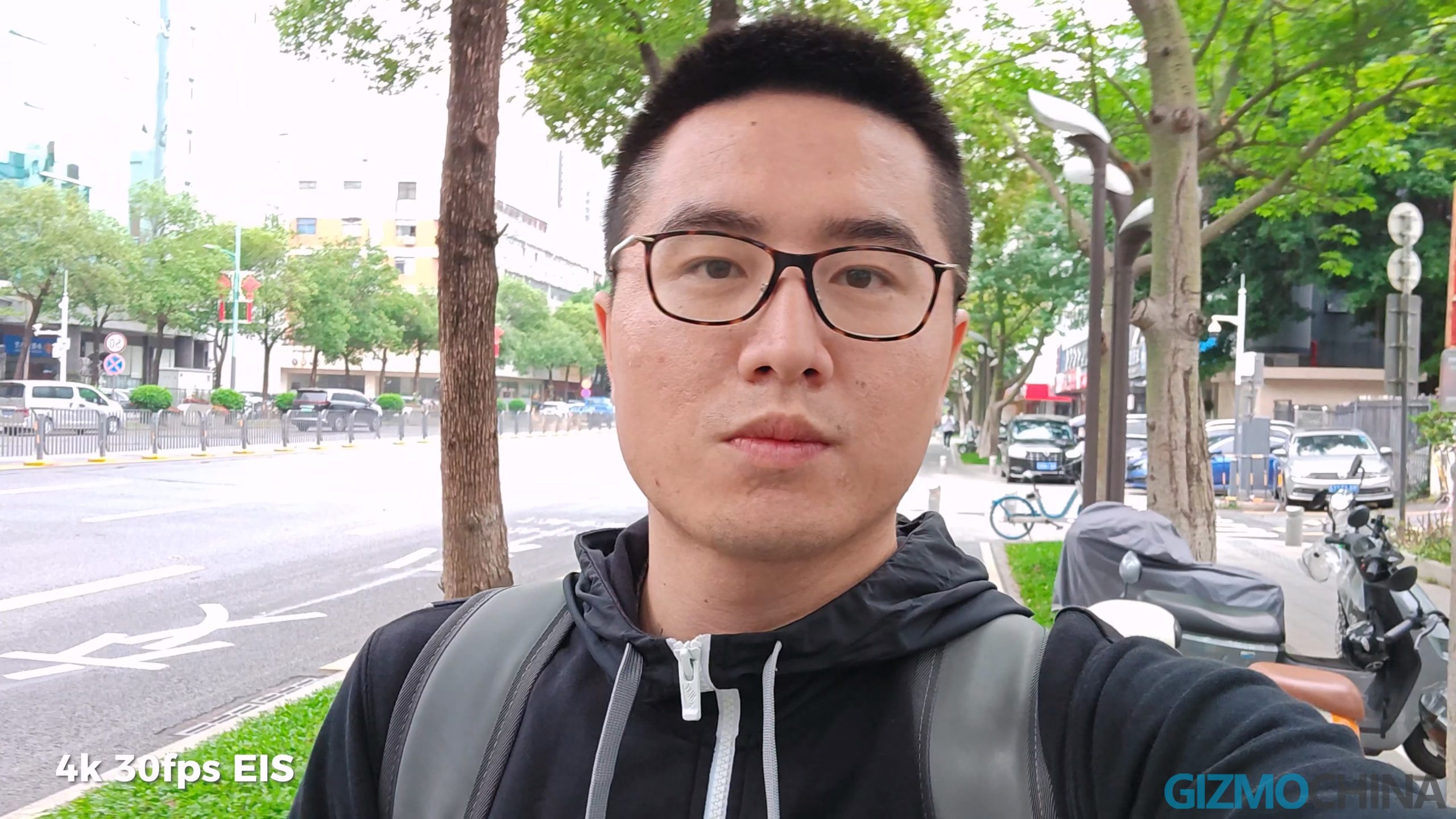
Design
I think its real “surprise” should be the design. The flat screen with a flat frame looks pretty good. This year’s standard version is no longer a small 6.2-inch phone, which means there’s one less brand in the world that makes small phones.
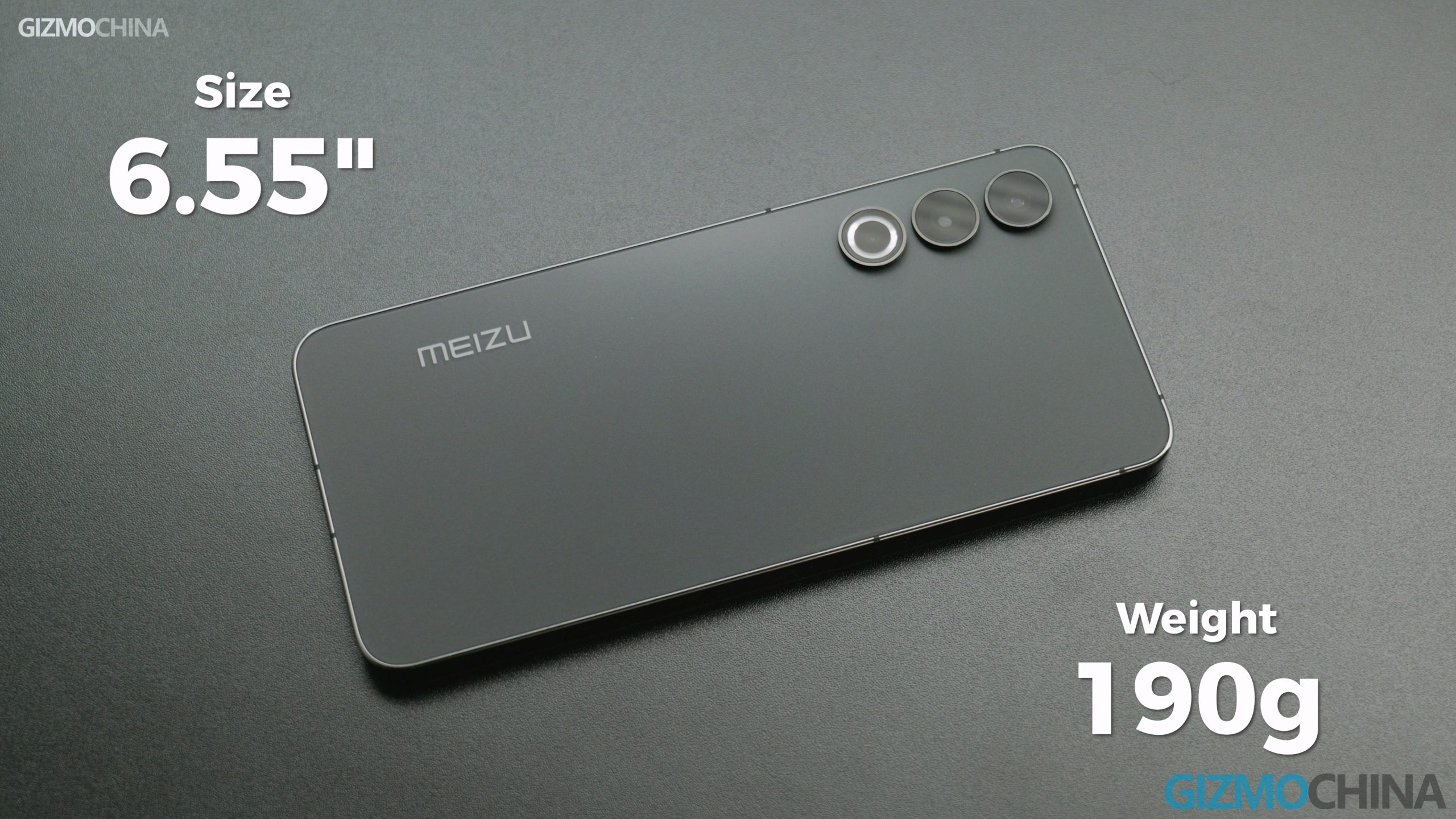
Seeing this lens module, I know what you’re thinking. And it’s not the first time they’ve done this. Meizu has been copying the design of Samsung’s flagship phones for a long time before. But Samsung’s phones are really beautiful, and Meizu at least didn’t copy the wrong phone. And it also has better build quality than any other phone in the sub-$500 range.
If you need a lower-priced S23, you can try the Meizu 20. To be clear, I’m not mocking it, this is a real compliment. The Samsung S series has what I consider to be the top CMF in Android phones, so looking like that isn’t a bad thing sometimes.
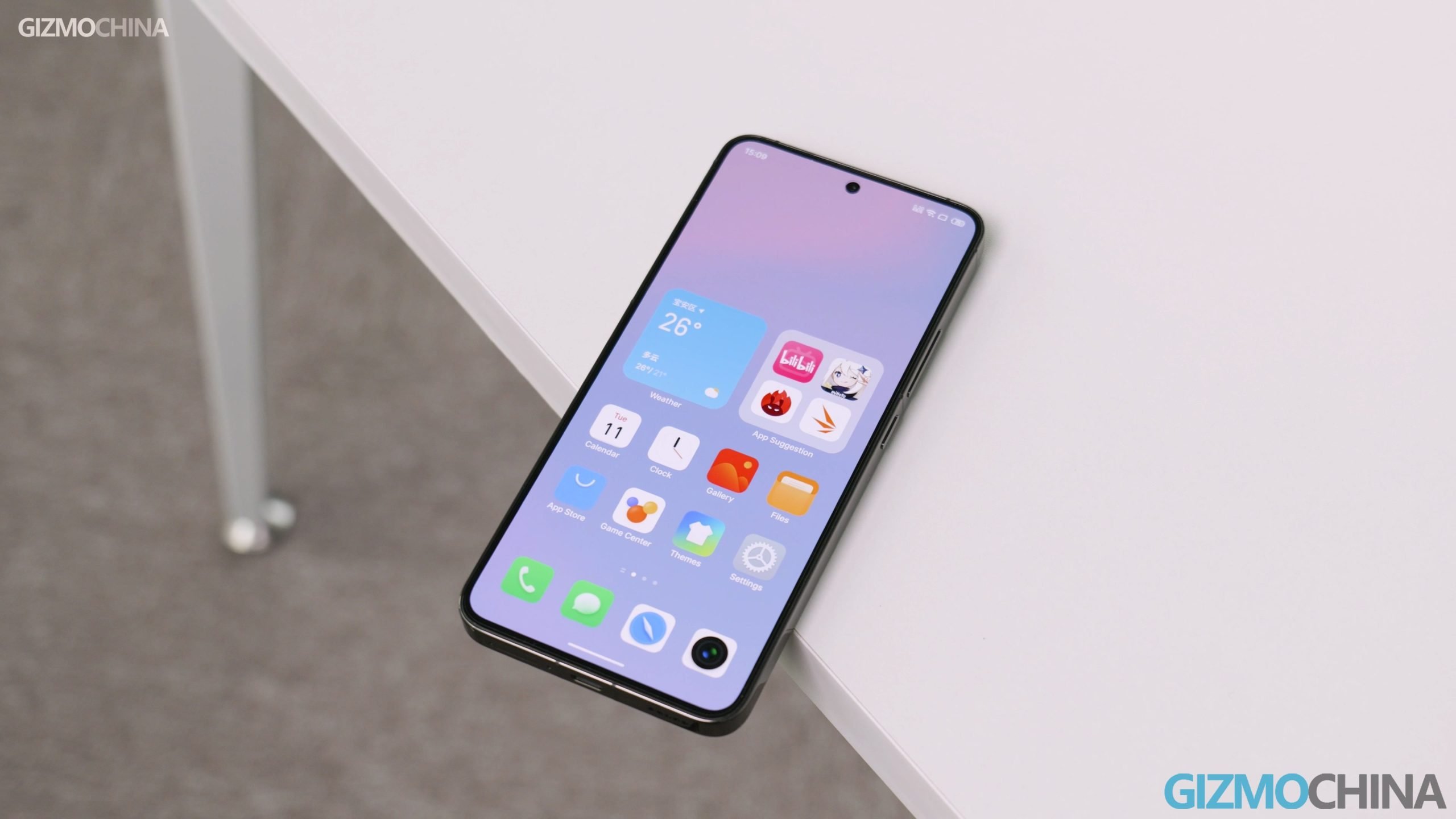
Battery & Charging
It only has 67w of charging power. After all, it’s the standard version, so we can’t ask for too much. Although it takes longer to fully charge than the Xiaomi 13, the battery capacity is also larger than the Xiaomi 13, so the speed is actually about the same.
Although there is no wireless charging, the good news is that the free charger is 80w and supports a lot of protocols. The phone also supports third-party chargers for fast charging, nice.
The battery life is similar to the Xiaomi 13, but I wish the Meizu 20, with its larger 200mAh battery, could last a little longer.
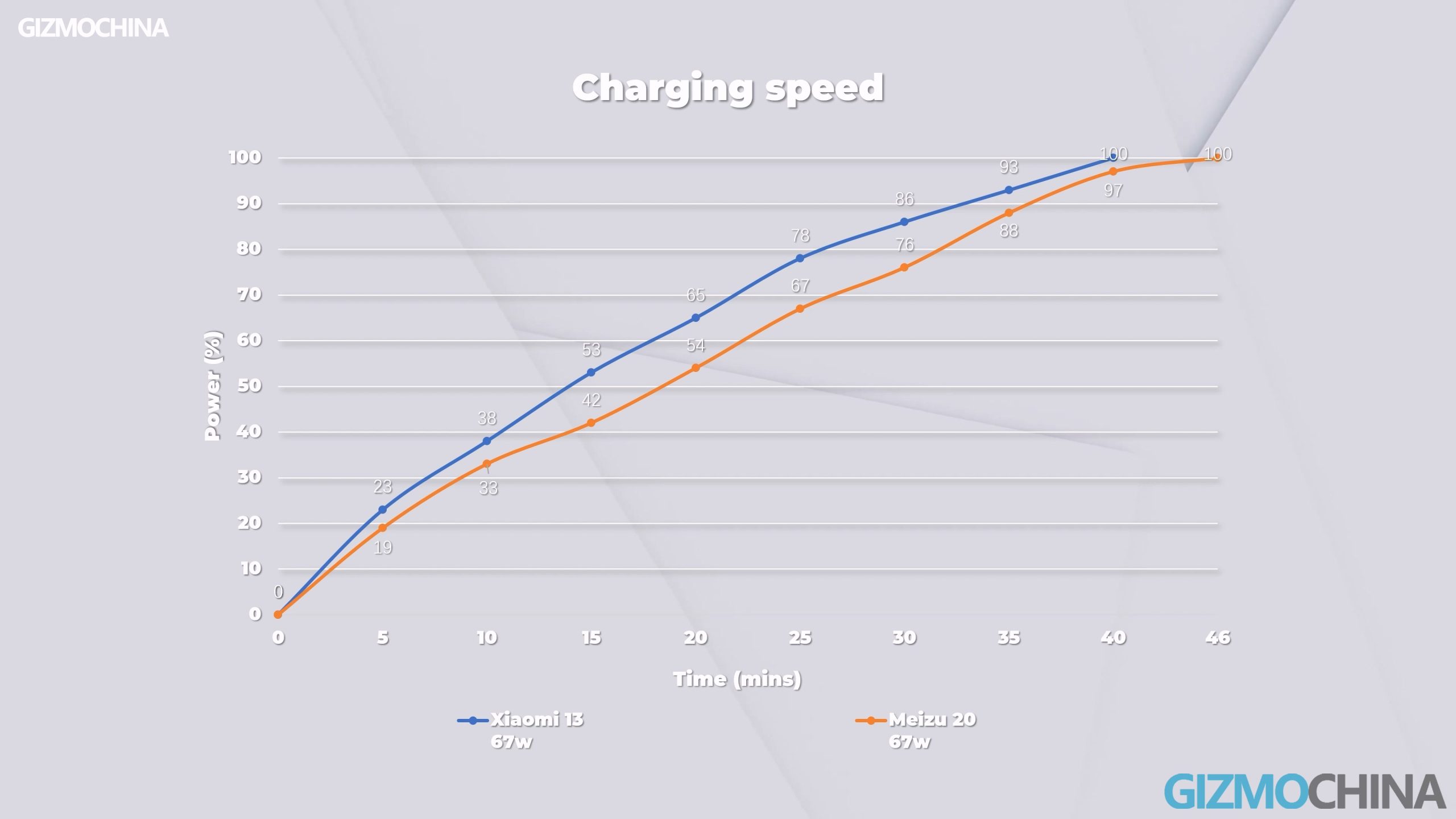
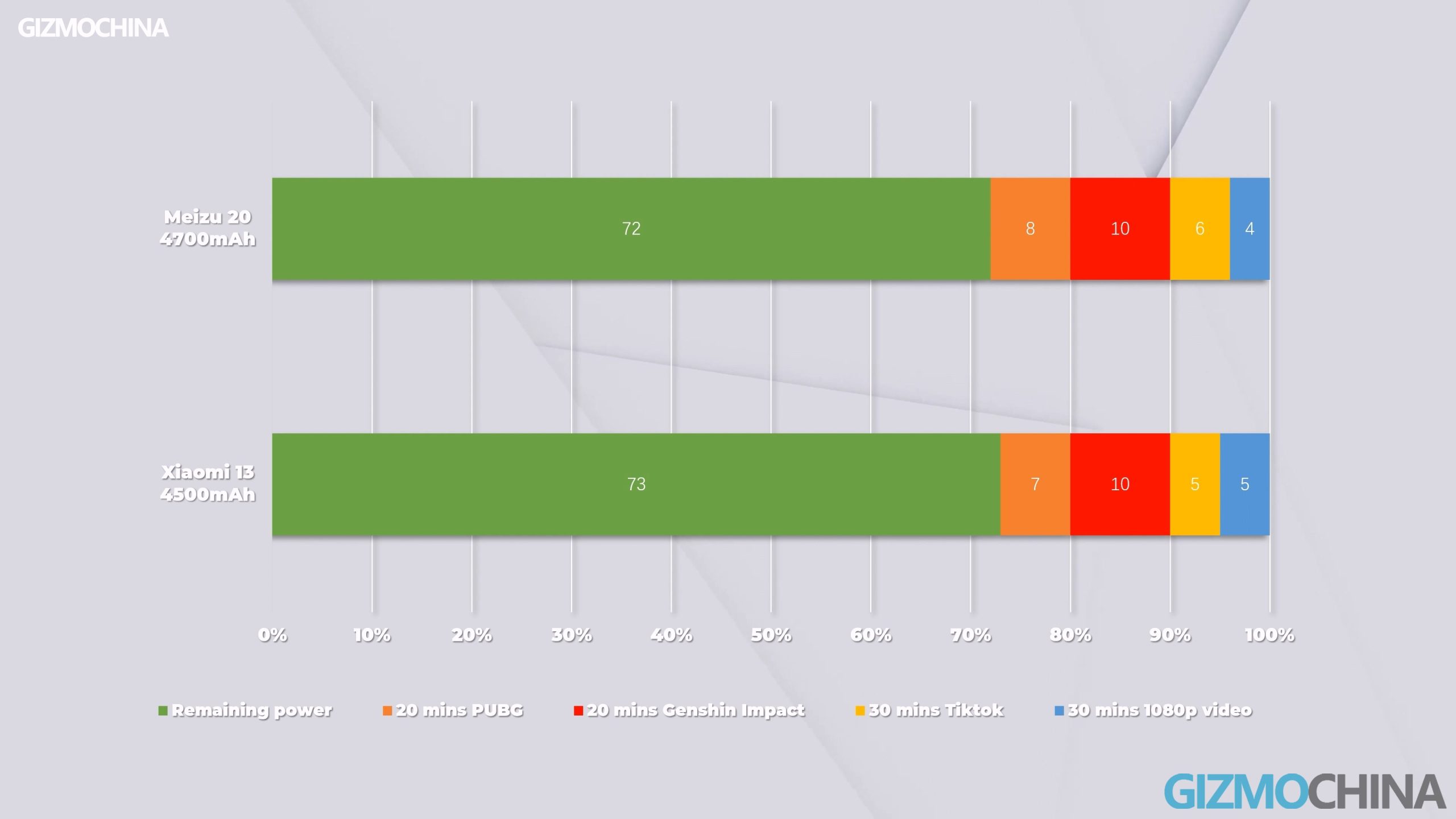
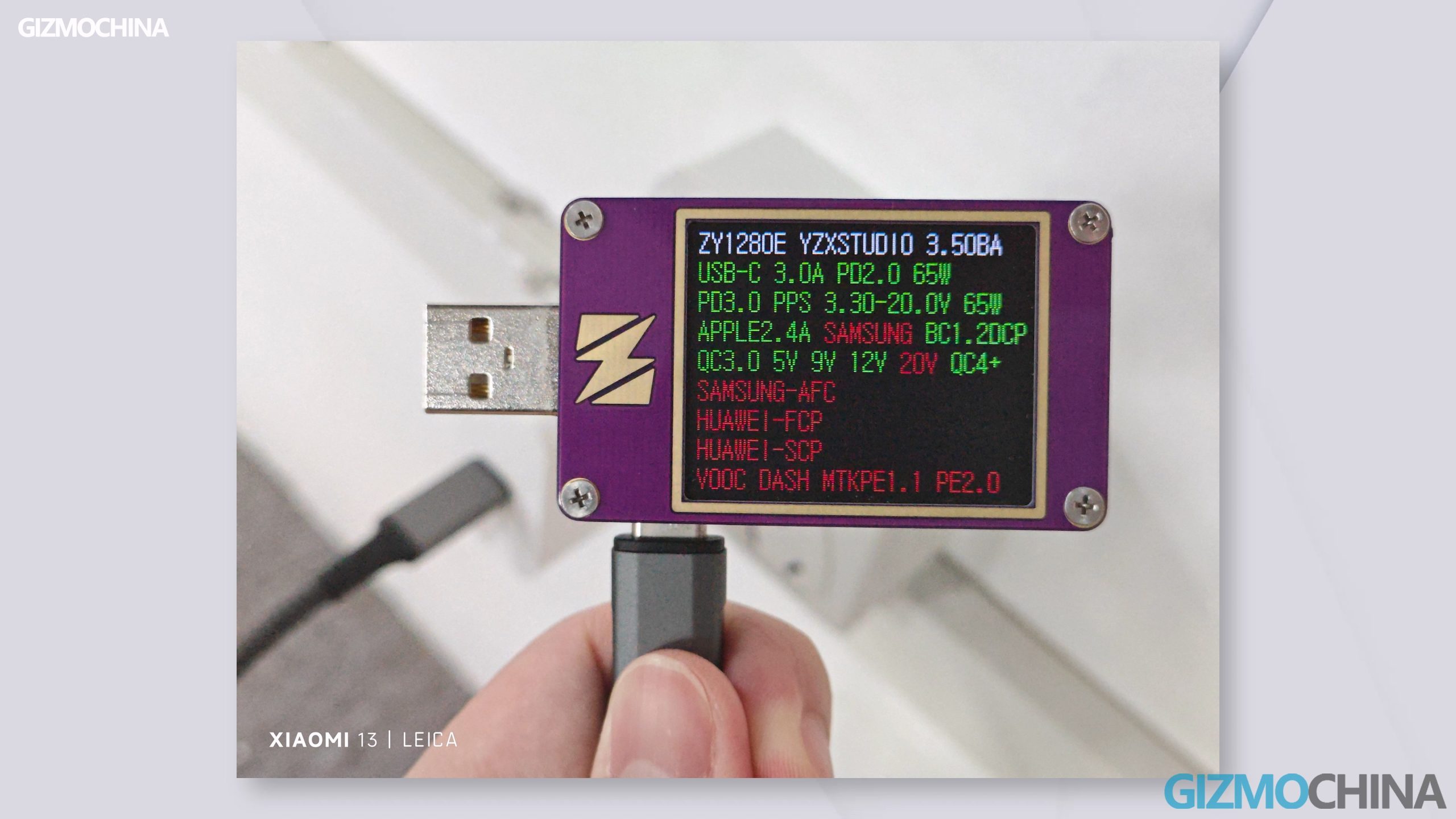
Flyme OS
In fact, the biggest advantage of Meizu is actually Flyme OS, which is one of the best experiences among many Chinese brands. It is very similar to MIUI in terms of its advantages, and the operation logic is very much in line with comfort.
For example, this floating window function works very well. Like launching Google Assistant, swipe up from the bottom corner to open the floating window of any app. Close the floating window also does not need to click any button, just click anywhere outside the floating window.
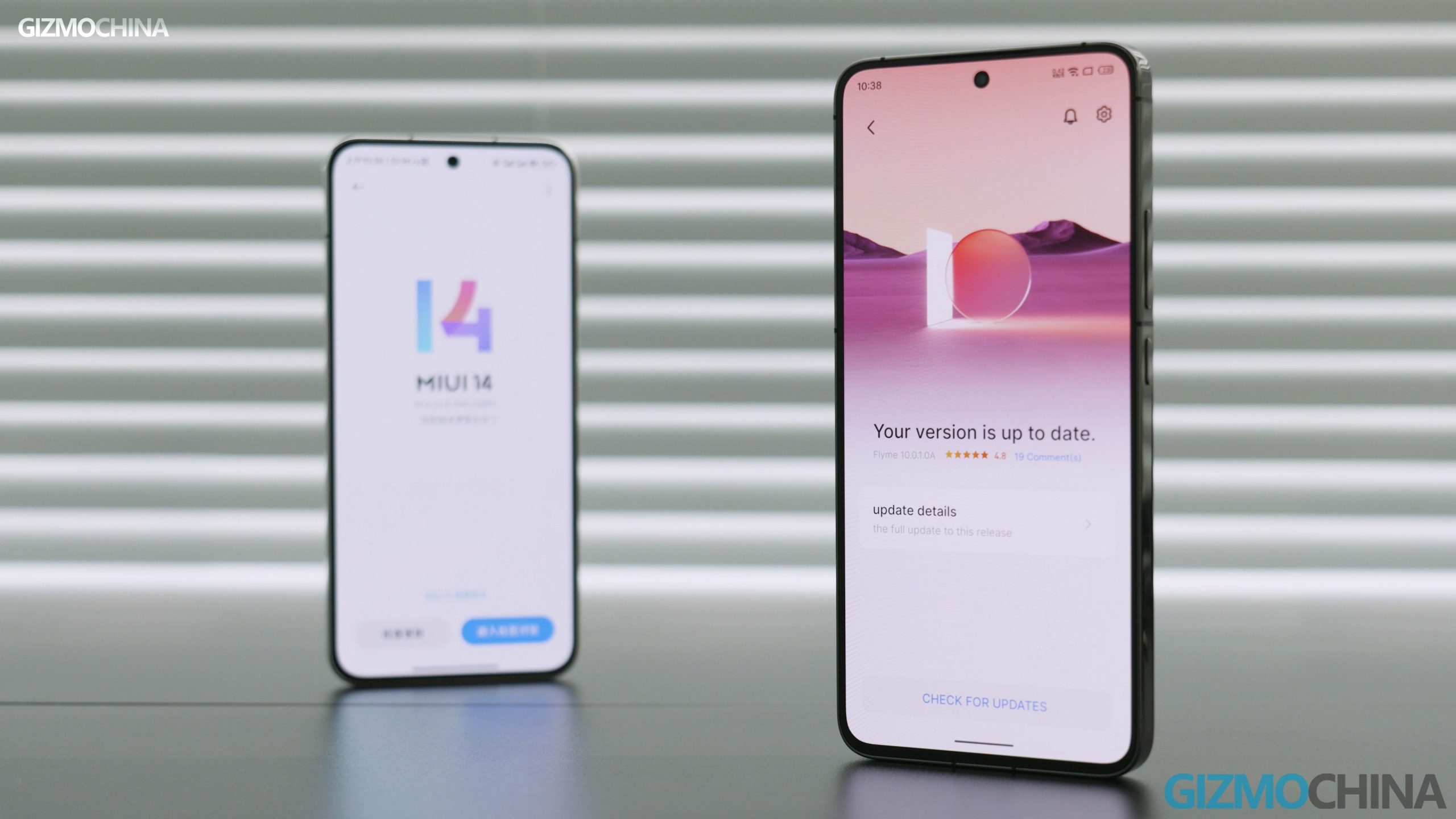
Mention Flyme, we have to talk about mBack. Touch the home button to go back, and press heavy to back to the desktop. 8 years ago they were the first to bring this operation logic from iOS to Android, and 8 years later you can still see this feature on Meizu 20. And gesture control is unaffected. For those of you who still wish your phone had a home button, except for that old iPhone SE 2022, only Meizu might be able to grant your wish. So if you like MIUI, then you’ll love Flyme, and if you hate MIUI, then Flyme shouldn’t be for you either.
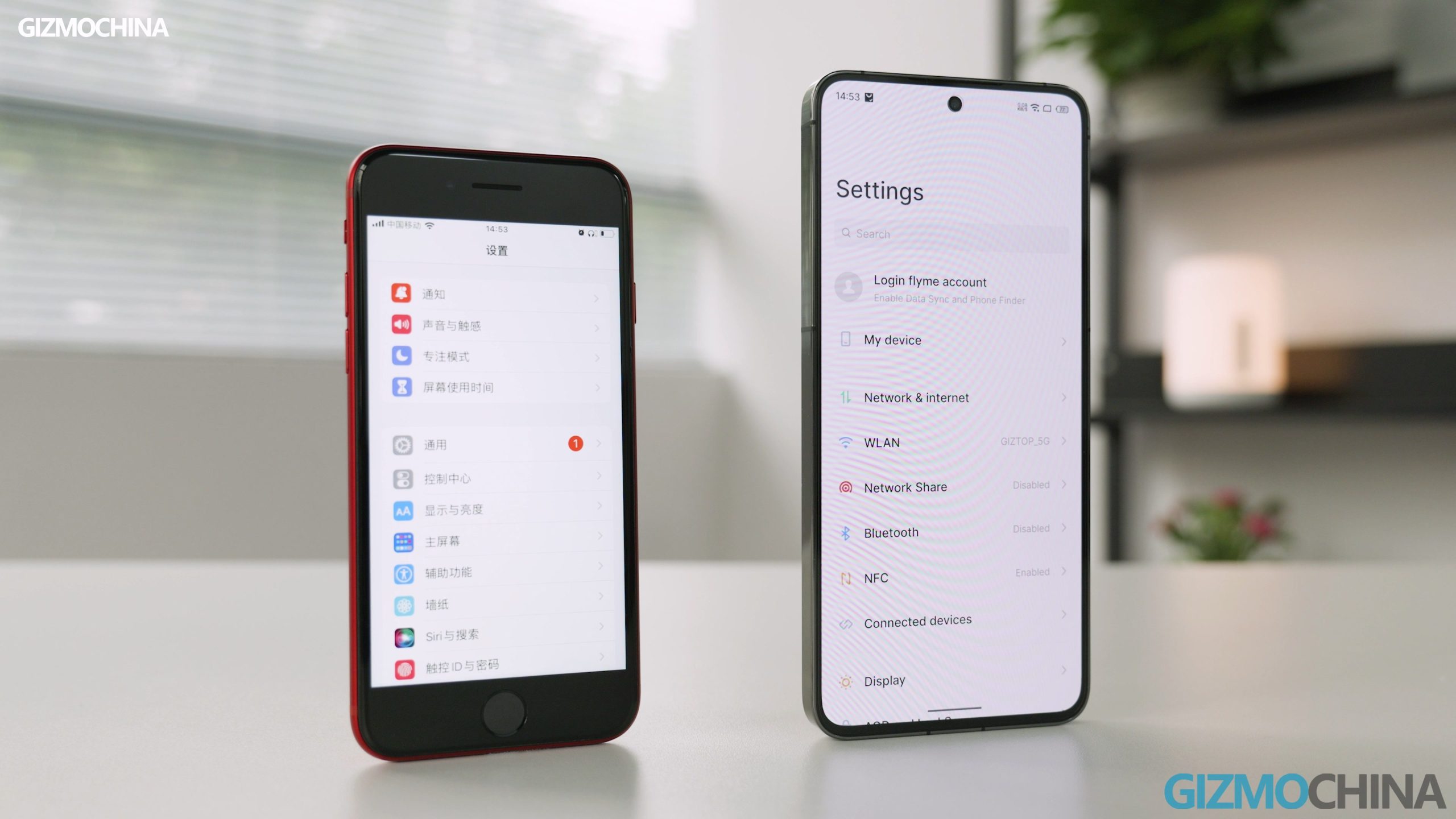
A long time ago, I bought a Meizu phone. Even though it was not very powerful and the camera was not good. I had a small budget and liked Flyme, so I bought it anyway. I never expected that today’s Meizu 20 would be in the exact same situation as the phone I had.
I only recommend it to those who like Flyme and don’t have much budget for a flagship phone, otherwise you have too many other better options. Let’s give them some time, as long as they don’t die, maybe the next phone will be better.







